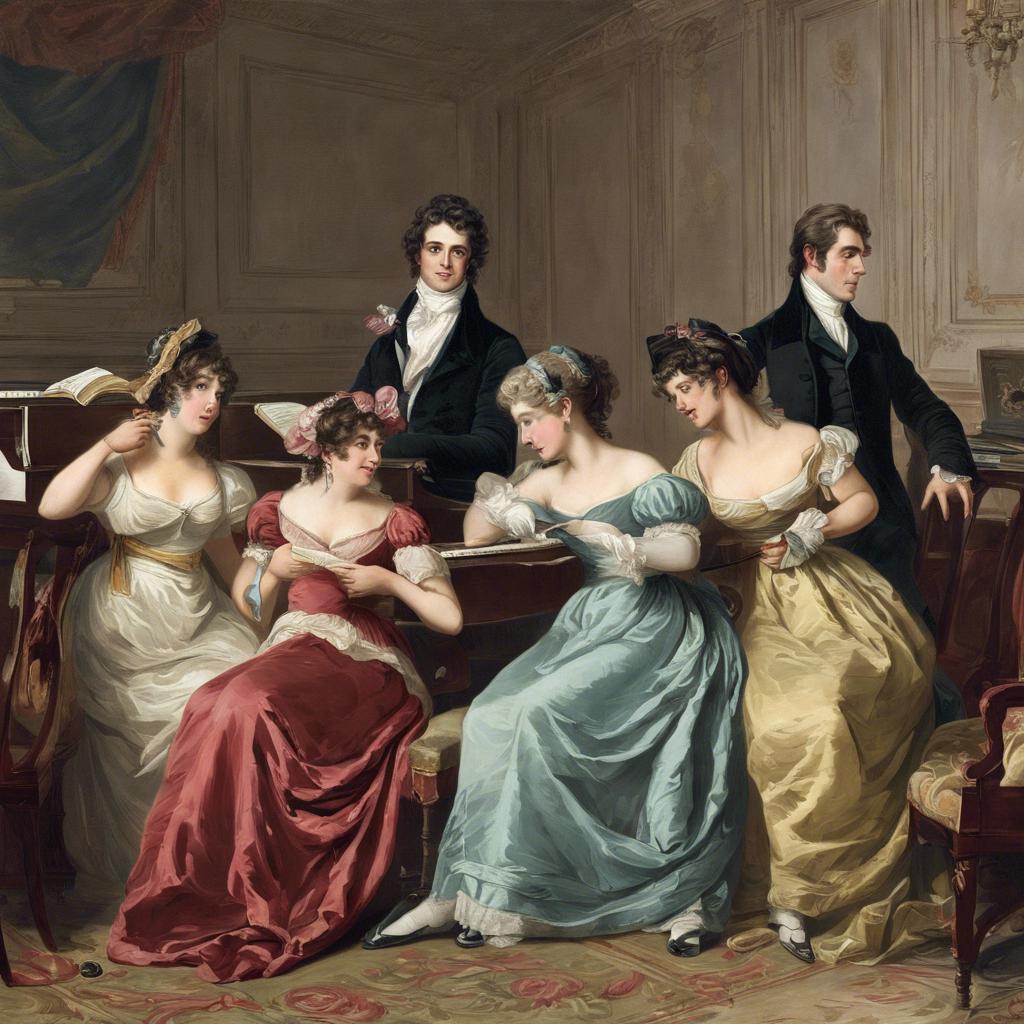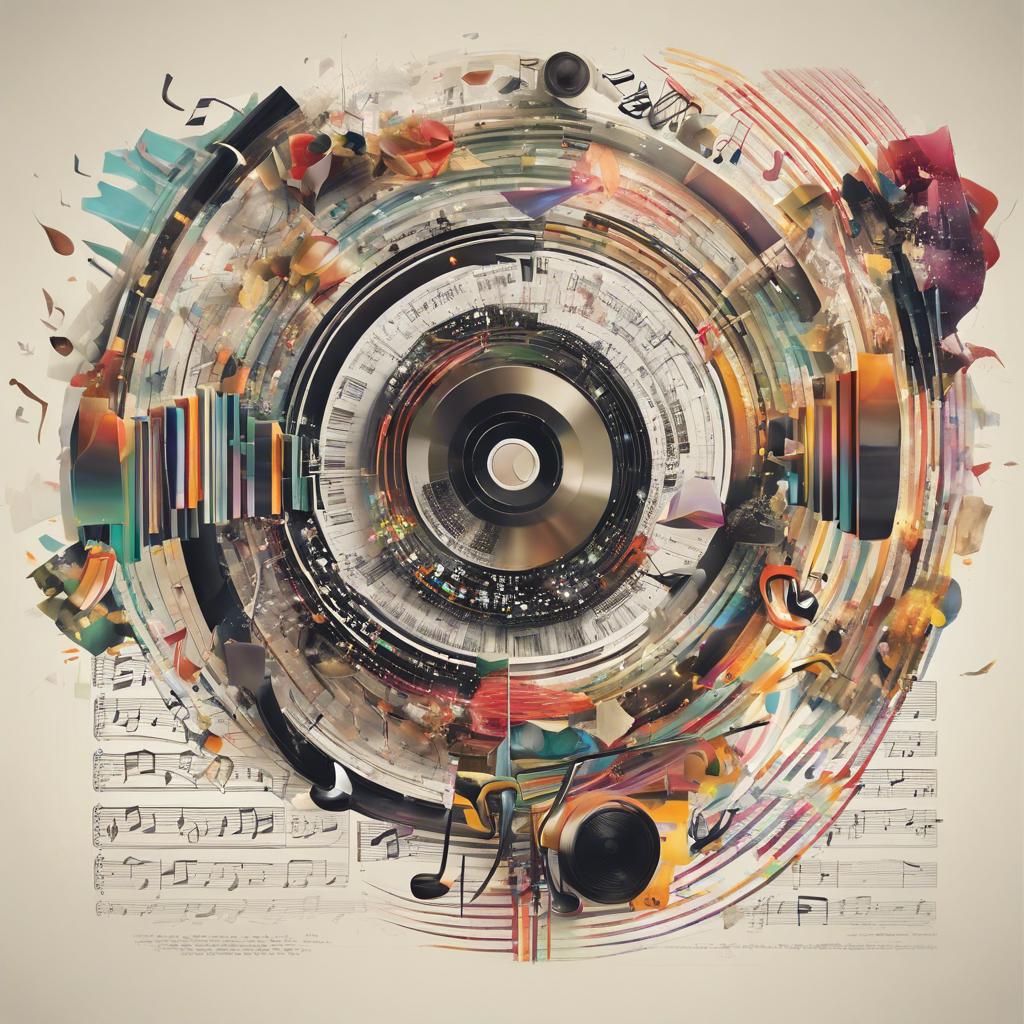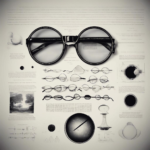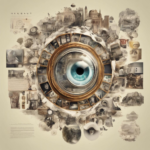The Regency era, spanning from 1811 to 1820, was a period of immense cultural and social change in Britain. One aspect of this transformation was the flourishing of music as a form of artistic expression and entertainment. From the refined settings of aristocratic salons to the lively streets of London, Regency era music encapsulated the spirit of the times with its elegance, grace, and vibrant melodies. In this article, we delve into the intricacies of Regency era music, exploring its key characteristics, notable composers, and lasting impact on the musical landscape of the early 19th century.
Step Into the World of Cheryl Bolen
Dive into the enchanting stories of love, intrigue, and elegance set in the Regency Era. Cheryl Bolen's novels offer timeless romance and captivating tales that will leave you wanting more.
Explore Cheryl Bolen's Books Now
The Evolution of Regency Era Music: A Comprehensive Overview
In the Regency Era, music played a regency era alcohol”>significant role in society, reflecting the cultural changes and expressions of the time. From classical compositions to lively folk tunes, the music of this period showcased a diverse range of styles and influences. One of the most notable aspects of Regency music was its close connection to the arts, with composers drawing inspiration from literature, painting, and theater.
Key Features of Regency Era Music:
- Elegant compositions for piano forte and harpsichord
- Use of dance forms such as minuets, waltzes, and country dances
- Rise of Romanticism in music, with emphasis on emotional expression
- Popularization of opera and oratorio performances
- Incorporation of folk melodies and traditional songs
| Prominent Composers of the Regency Era: | Composer | Style | Famous Works |
|---|---|---|---|
| Ludwig van Beethoven | Classical/Romantic | Symphony No. 9, Moonlight Sonata | |
| Franz Schubert | Romantic | Ave Maria, Trout Quintet | |
| Frederic Chopin | Romantic | Nocturnes, Polonaises |
As the Regency Era progressed, music continued to evolve, paving the way for the Romantic era of the 19th century. The works of composers such as Beethoven, Schubert, and Chopin left a lasting impact on musical history, influencing generations of musicians to come. Today, the music of the Regency Era remains a cherished part of our cultural heritage, offering a glimpse into the artistic richness of this fascinating period.
Key Characteristics of Regency Era Music: Melodies, Instruments, and Themes
In the Regency Era, music featured distinct characteristics that set it apart from other musical periods. Melodies during this time were often elegant and graceful, with a focus on simplicity and clarity. These melodies were typically light and airy, reflecting the refined tastes of the era’s high society. Instrumentation also played a key role in Regency music, with popular instruments including the piano, violin, flute, and harp.
Themes in Regency music often revolved around love, nature, and societal ideals. Love songs were particularly popular during this time, with lyrics expressing romantic sentiments and longing. Nature was also a common theme, with composers drawing inspiration from the beauty of the countryside and the changing seasons. Additionally, music in the Regency Era often reflected the values and beliefs of the upper class, emphasizing themes of propriety, elegance, and sophistication.
Regency Era music was marked by its melodic beauty, refined instrumentation, and timeless themes. Whether performed at social gatherings, formal events, or private concerts, music during this period captivated audiences with its elegance and charm. Today, the music of the Regency Era continues to enchant listeners with its graceful melodies and evocative themes, providing a glimpse into the cultural richness of this historical period.
Notable Composers and Influential Works of the Regency Era
In the Regency era, the world of music saw the rise of several notable composers whose works continue to influence classical music to this day. One such composer is Ludwig van Beethoven, whose Symphony No. 7 is considered a masterpiece of the era. This symphony, known for its energetic and stirring melodies, showcases Beethoven’s genius and innovative approach to composition.
Another influential composer of the Regency era is Franz Schubert, renowned for his lieder (German art songs). Schubert’s compositions, such as “Erlkönig” and “Ave Maria,” are celebrated for their poetic lyricism and emotional depth. His ability to marry music with poetry has left a lasting impact on the world of classical music.
Additionally, Carl Maria von Weber made significant contributions to the music of the Regency era with his opera “Der Freischütz.” This opera, known for its haunting melodies and dramatic storyline, helped pave the way for the development of German Romantic opera. Weber’s innovative use of orchestration and vocal writing continue to inspire musicians and audiences alike.
Exploring the Intersection of Music and Society during the Regency Period
The Regency era, spanning from 1811 to 1820, was a time of great social and cultural change in Britain. During this period, the interaction between music and society was particularly fascinating, as music played a crucial role in shaping social norms and cultural identity. From the grand ballrooms of the aristocracy to the bustling streets of London, music was a ubiquitous presence that reflected the values and aspirations of the time.
One of the most significant aspects of regency era music was its close connection to the prevailing social hierarchies. Music was not only a form of entertainment but also a means of social distinction, with different genres and styles being associated with specific social classes. For example, the elegant melodies of classical music were favored by the upper classes, while the lively tunes of folk music were more popular among the common people.
Furthermore, the regency era witnessed a flourishing of musical creativity, with many composers and musicians pushing the boundaries of traditional musical forms. Innovations in instrumentation, harmony, and performance techniques were abundant during this time, leading to a rich and varied musical landscape that reflected the diverse social dynamics of the period.
Wrapping Up
the rich depth and diversity of music during the Regency era reflects the vibrant cultural landscape of the time. From classical compositions to popular ballads, music played a central role in society, influencing fashion, literature, and social gatherings. As we look back on this fascinating period, we are reminded of the power of music to capture the essence of an era and celebrate the talents of composers and musicians who left an indelible mark on history. Join us in continued exploration and appreciation of Regency era music, as we uncover the melodies and harmonies that defined a generation.


